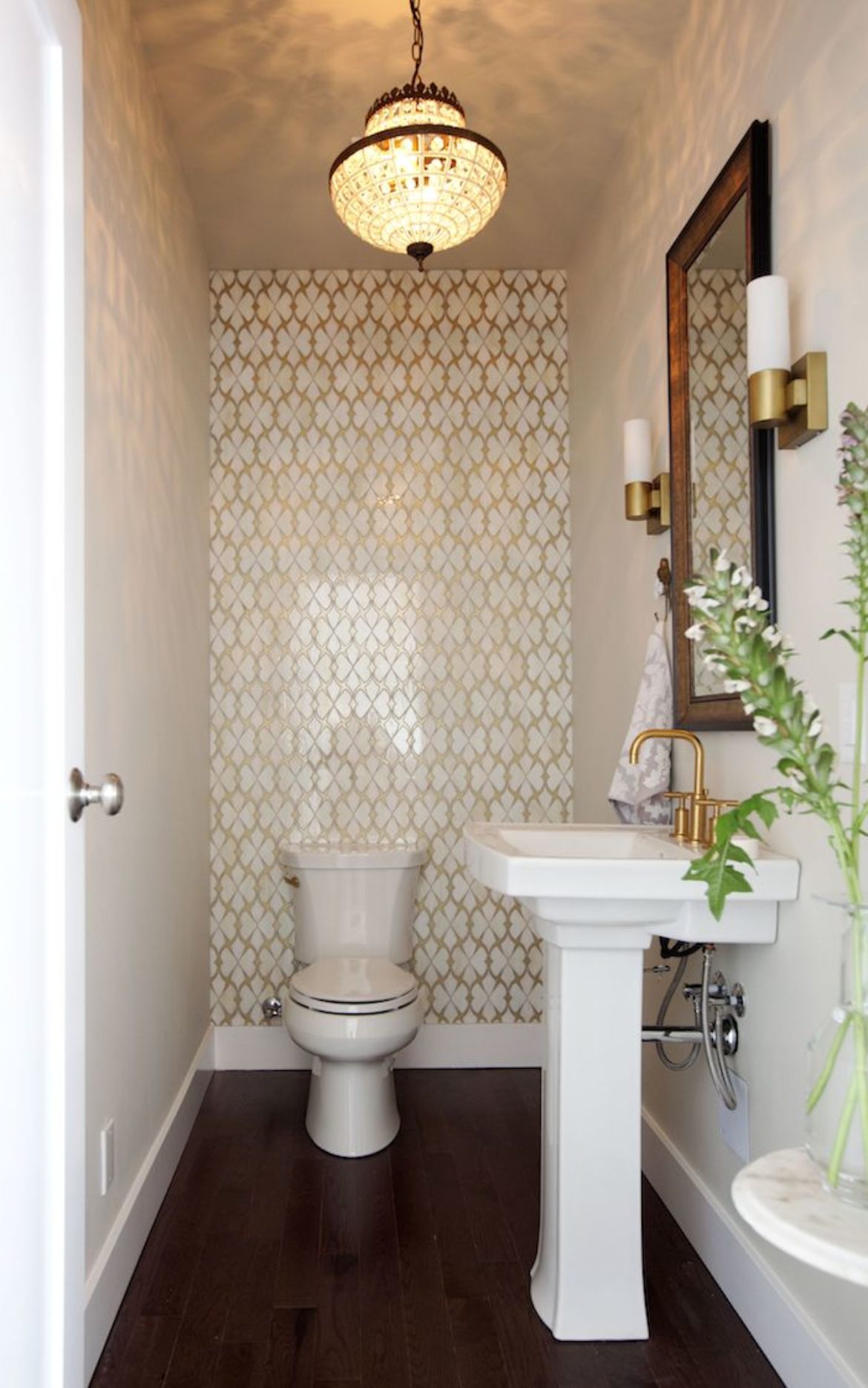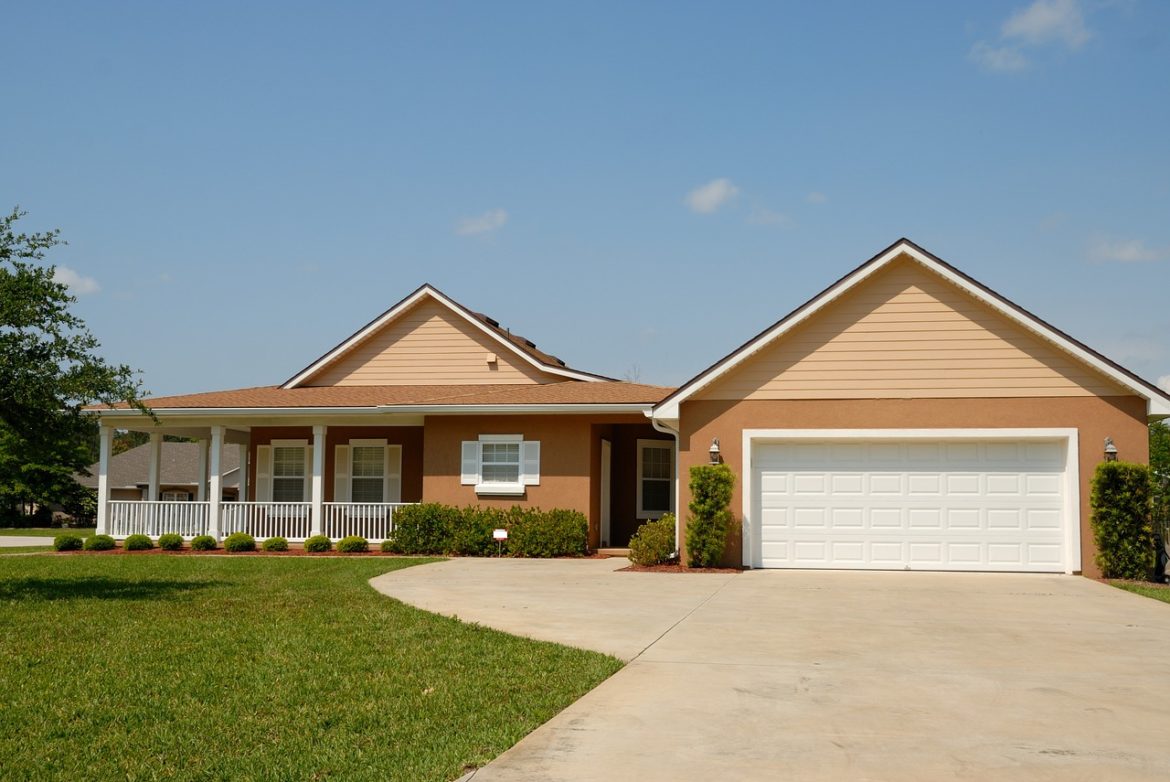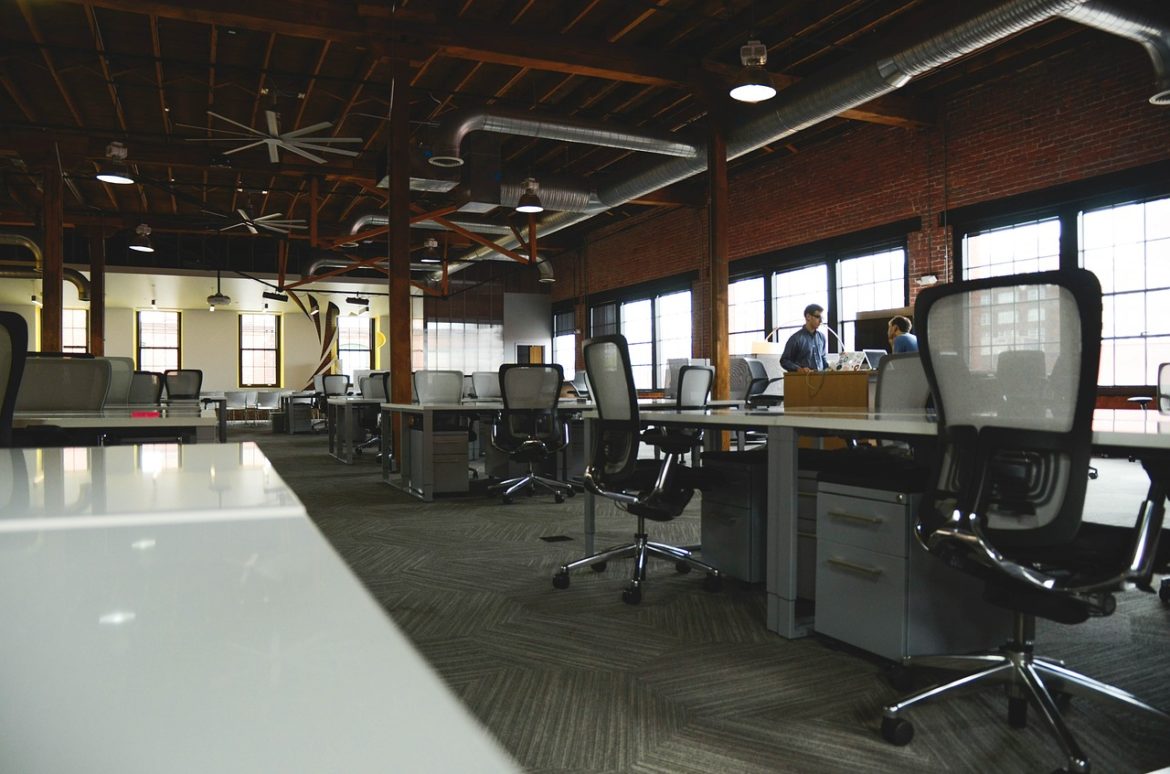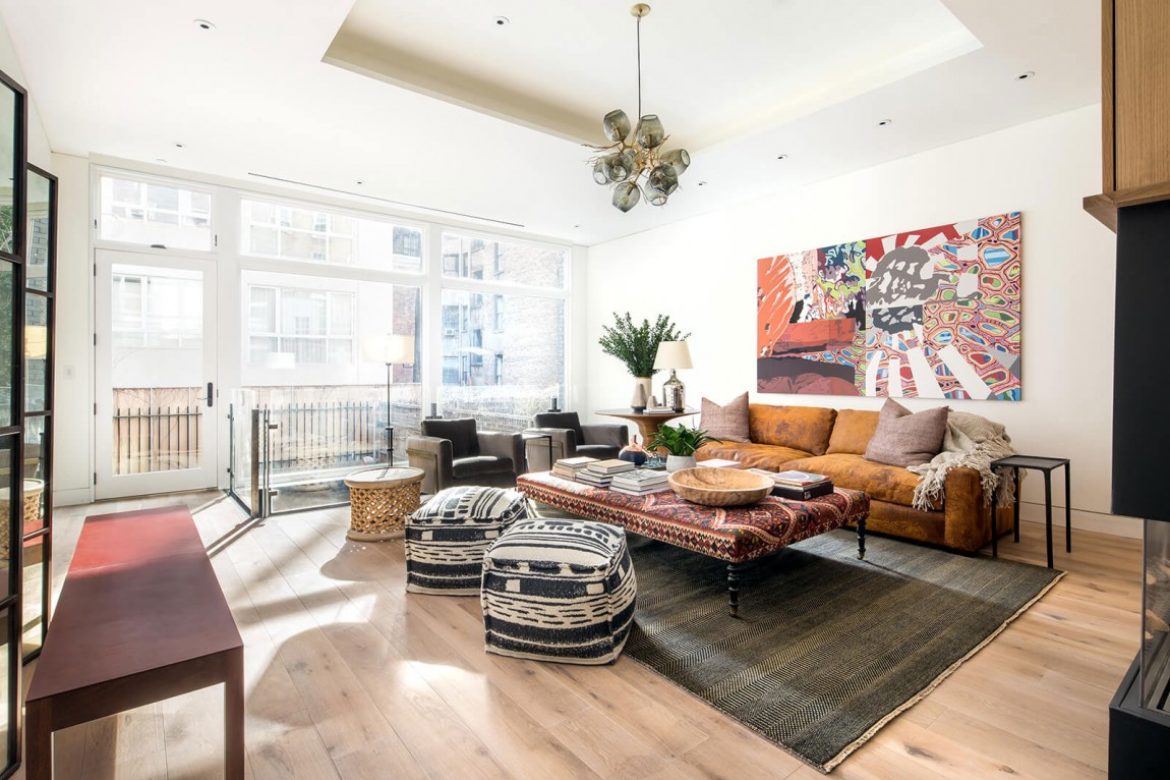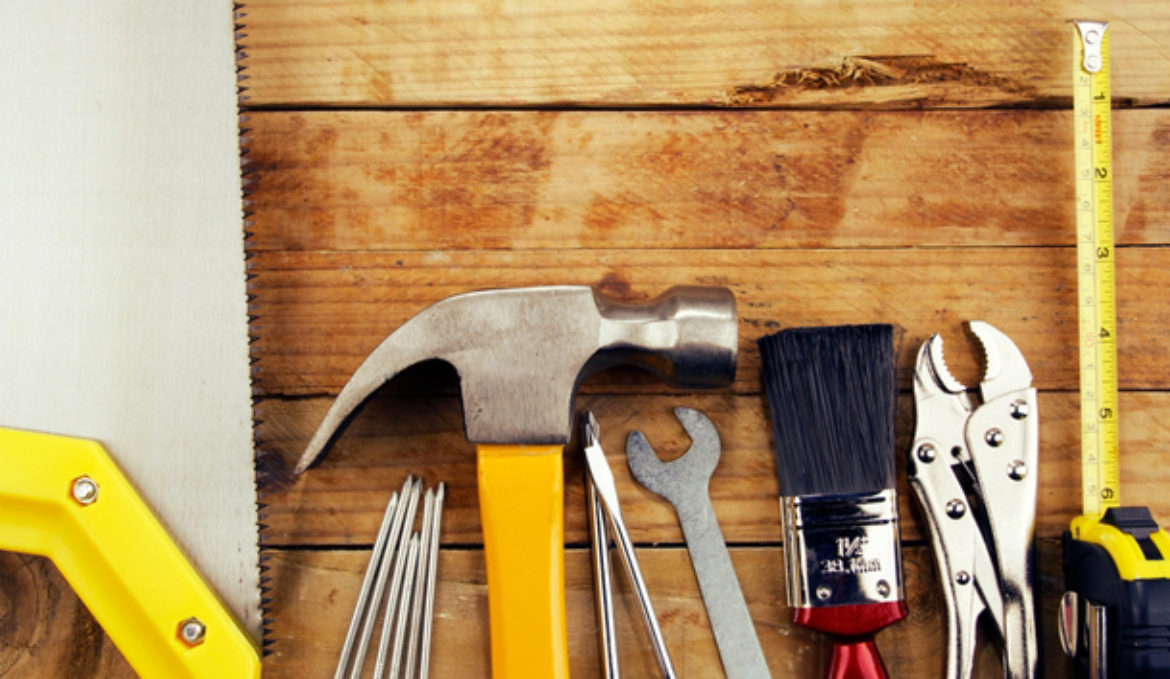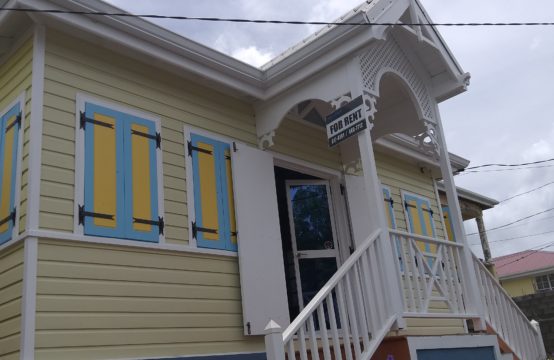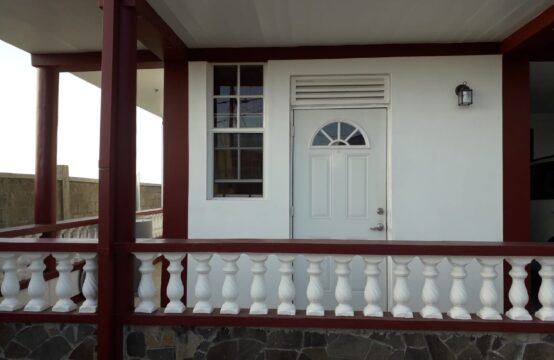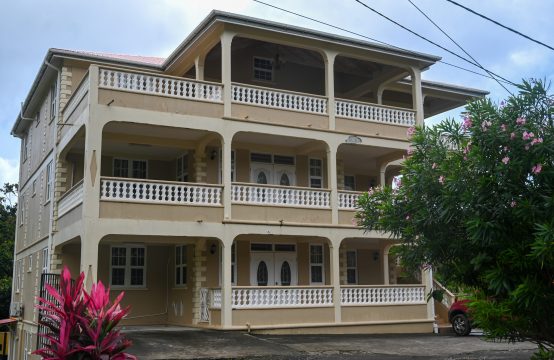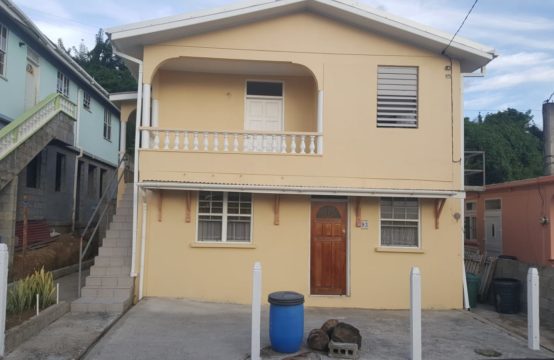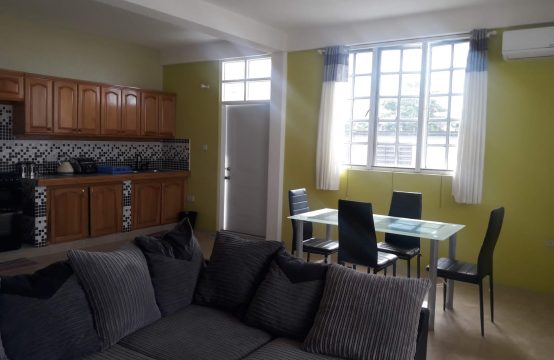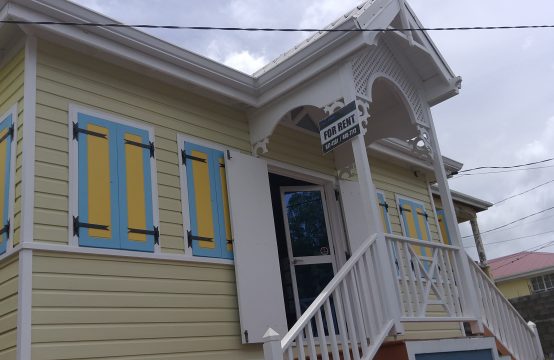
It’s a hot world out there and most of us if not all can feel the heat and the unbearable discomfort that comes with it especially within our homes. The irony however is that, while spending money to keep our homes cool, we are using fossil fuels which contributes to global warming. There are energy-efficient technologies to keep our homes cool with minimal effect on the earth’s temperature and without accruing a huge electricity bill. We can also copy some natural cooling techniques practiced long before fans and air conditioning were widely available. Here we discuss eight simple low budget techniques:
- Close windows and window coverings (curtains, blinds, shutters etc.) in the morning before the day heats up and re-open them in the evening. This prevents the hot air from entering the home during the day and allows the cool temperature to fill your home in the evening.
- Turn off lights when not in use. The electrical energy required to power on a light bulb converts to heat energy which circulates within the home, especially incandescent light bulbs, which generates a lot of heat. Try replacing them with cooler light-emitting diodes (LEDs) or compact fluorescents (CFLs).
- Like light bulbs electrical appliances generate heat energy. Unplug electronic equipment when they are not in use, or use a “smart” power strip to completely power off electronic devices; most electronics use electricity which generate heat even when they are turned off.
- Do your laundry, ironing and cooking during the cooler parts of the day. These household chores are the top heat generating activities at home. A dryer also generates heat so using a clothesline instead of a dryer when convenient will certainly reduce the heat.
- Replace an old refrigerator with an energy-efficient model which gives off much less heat than standard refrigerators. In a home without air-conditioning refrigerators consumed more energy than any other home device (probably you would remember people drying clothes behind the refrigerator).
- If you’re planning to re-roof or paint the exterior of your home, use light colors that reflect the sun’s heat as well as metal roofs. The hotter the roof above, the hotter the rooms below, light colored roofing and reflective roofing are like a white shirt for your house because they reflect its radiant energy.
- Let nature help keep you cool by planting trees around your home. Their broad leaves and branches will shade your home from the sun’s heat.
- Install inexpensive heat-reflecting window films. These keep the house cooler by reflecting the radiation waves emitted by the sun. It also reduces glares and ultraviolet rays that damage furniture and floors.

